Sublimation printing is a method of transferring designs onto fabrics or materials. In this process ink passes from solid to gaseous phase without converting to liquid. Let’s check out the complete process.
Benefits Of Using Dye – Sub Printing Method
- High-Quality result: It can produce brighter, high-resolution prints on substrates.
- Durable prints: It offers durable, won’t peel-off material printing.
- Unlimited colors: You can print designs with various colors quickly and easily.
- Versatility: This printing can be done on multiple substrates, like mugs, plates, photo slates, wallets, flip-flops, decorative items, and much more.
- Fast and efficient: It offers easy and quick service.
- Easy to use: It is the easiest method of transferring designs onto material.
Can I Use Any Printer For Dye – Sub Printing?
It is best if you use a printer that is designed to sublimate. However, inkjet printers can be converted into sublimation printers easily.
Printers that use tanks instead of traditional cartridges are the best..
Remember that thermal printers will not work with the ink but Piezo printers will do the job.
Therefore, when choosing a printer, make sure it uses Piezo technology.
Understanding The Complete Printing Process
Here is the step-by-step guide to help you achieve vibrant results.
- Select a design – Use the design software to create stunning designs.
- Printing – Now the design needs to be printed on a transfer paper with the help of a printer. The time it takes to print a design on paper vary from 30 to 60 seconds. Moreover, using a Cricut-cutting machine will ease the process as you can cut the printed designs from the printing paper.
- Preparing the substrate – The substrate needs to be prepared first for printing using a heat press machine. Firstly, preheat the heat press and use a lint roller to remove moisture from the material on which you are going to print your designs. After that use heat-resistant tape to secure the design on the substrate.
- Heat Press – Now, the substrate is pressed using a heat press machine.
- Cooling – Eventually, the material is heated, and the design is printed on it. Now let the substrate cool down for 6 – 8 minutes. Use heat-resistant gloves to remove the printed material from the heat press. You will see the design is now the part of substrate.
Limitation Of Dye – Sub Printing
- Material limitation: The fabric must be 100% polyester or made of at least 2/3 polyester. Other materials can also be used but with proper guidelines.
- Color limitations: The substrate should be of white or light-color.
- UV sensitivity: The sublimated products may lose color over the months due to the effect of UV rays.
- Printer maintenance: You should use the printer daily to prevent printer damage issues, moister and clogs.
- Printing size limitations: Some printers have size limitation. So choose it wisely.
Frequently Asked Questions
Which is the best printer for sublimation?
The best printer is the Epson SureColor SC-F100 (F170) because often recommended by professionals for printing.
What can I sublimate using the dye – sub printing method?
You can sublimate multiple items such as clothing, kitchen products, pet products, home decor items, and more.
Conclusion
Sublimation printing is a beautiful method of printing offering high-quality, long-lasting prints. The printing process may seem complex, but with some practice, it can be fun. Share your printing experience with us in the comments.

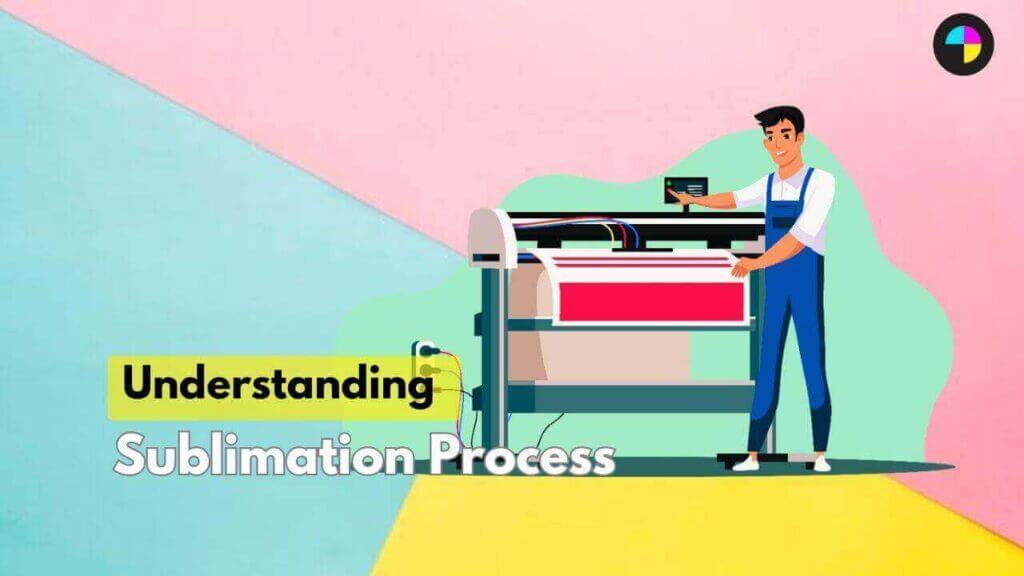
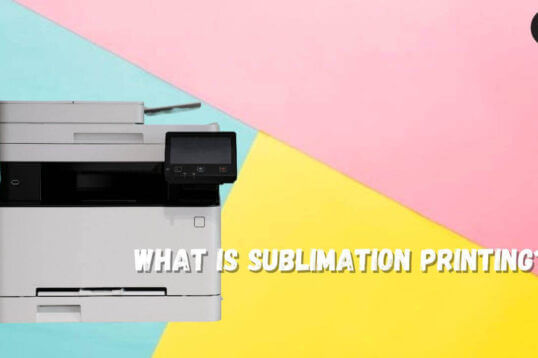
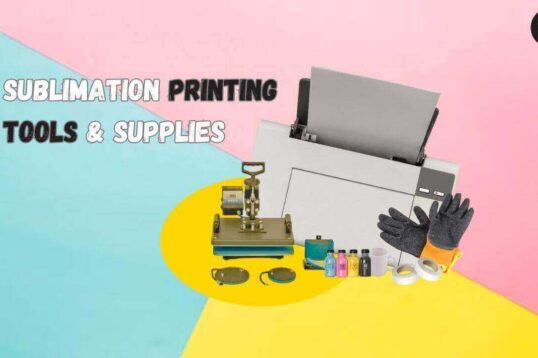
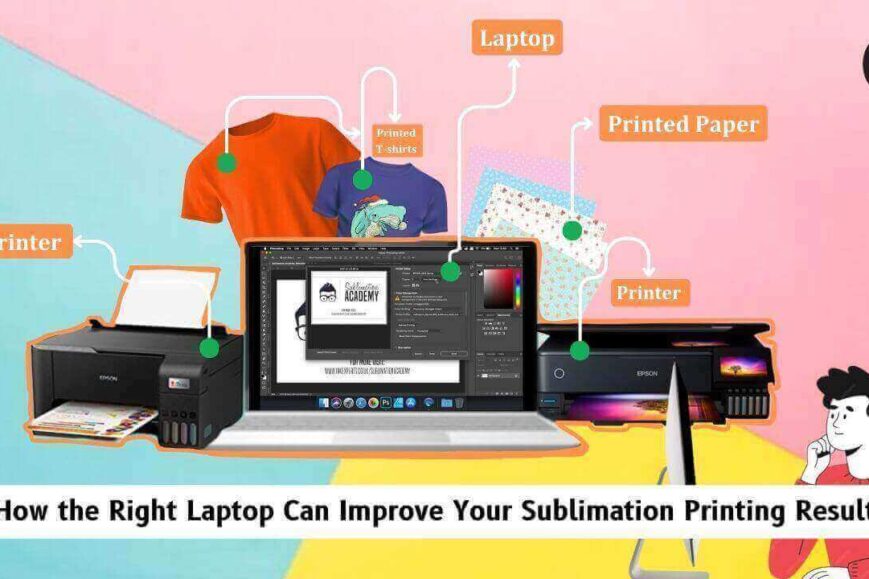
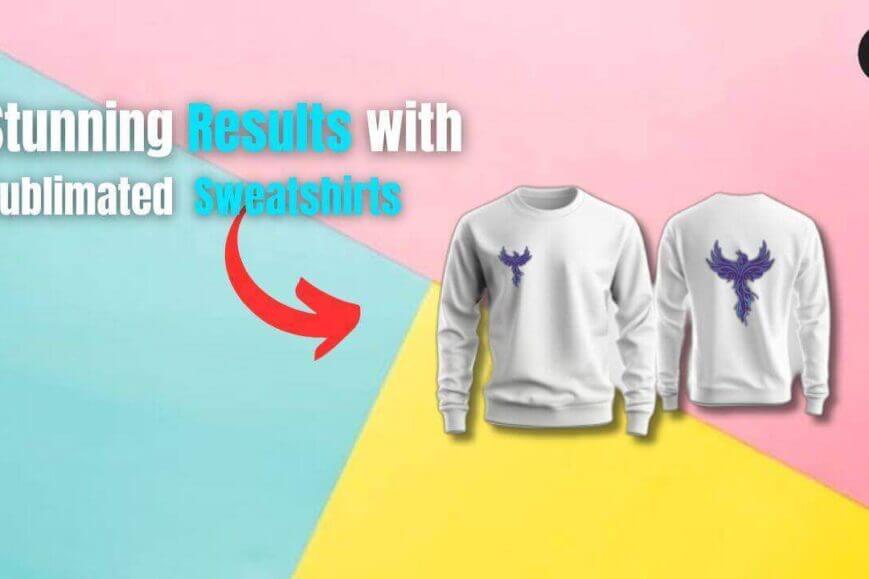
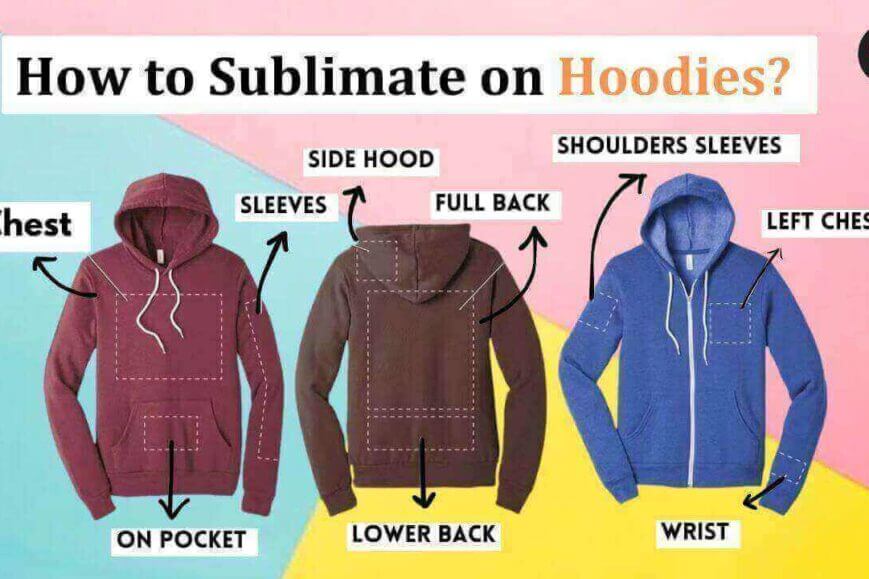
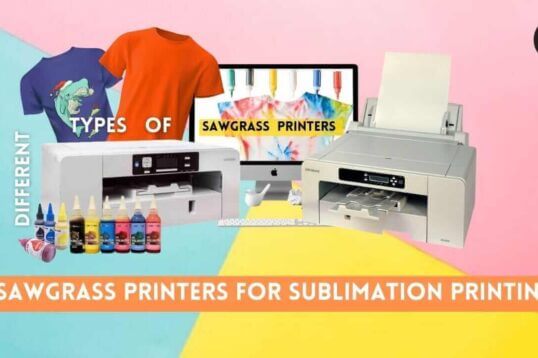
Leave a Reply